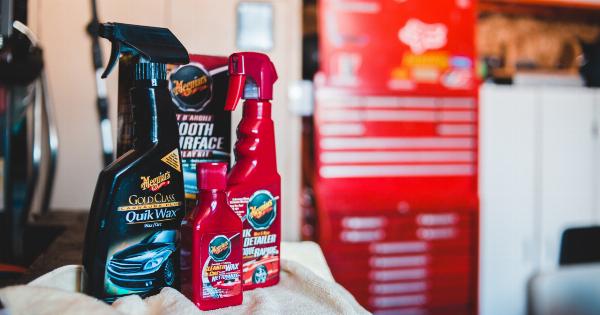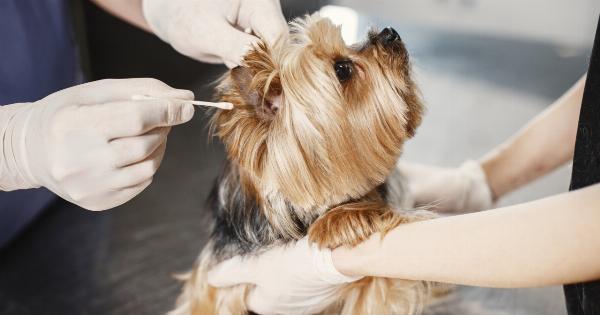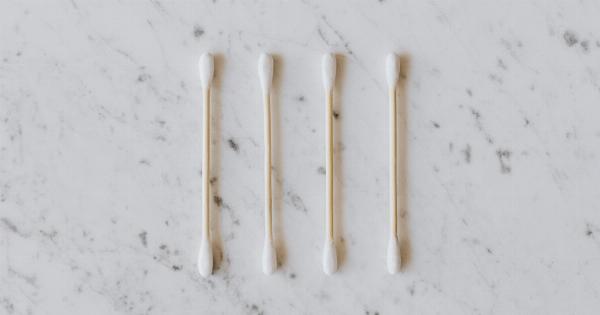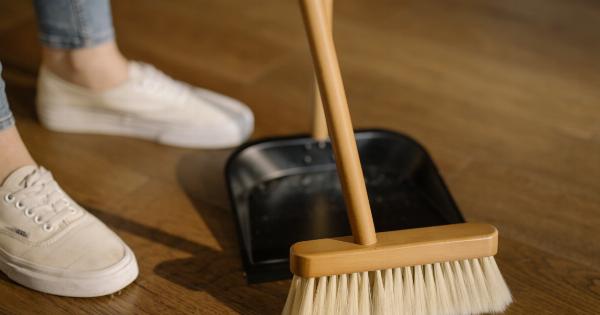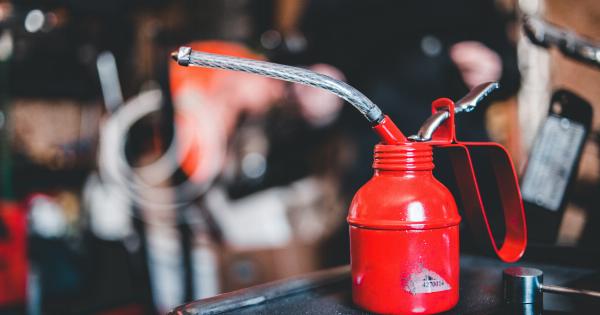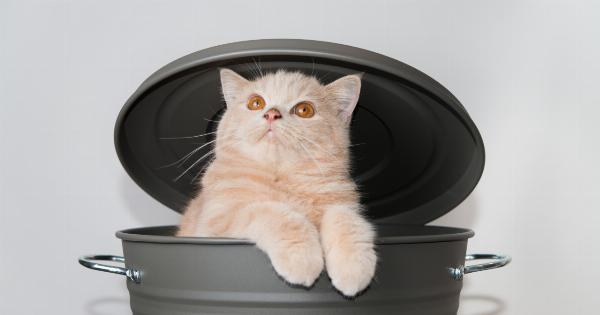Cotton swabs, also known as cotton buds or Q-tips, are small tools with cotton or plastic tips on both ends. They are commonly used for various purposes, including personal hygiene, cleaning, applying or removing makeup, and even arts and crafts.
While cotton swabs are widely available and seemingly harmless, there are certain things you need to know before using them to ensure their safe and proper use.
The History of Cotton Swabs
Cotton swabs have been around for centuries, with evidence of their use dating back to ancient civilizations. The earliest known use of cotton swabs can be traced back to ancient Egypt, where they were used to clean and apply cosmetics.
Later, around the 1920s, Leo Gerstenzang invented a safer version of cotton swabs by attaching cotton to a wooden stick, and this design became the basis for the modern cotton swabs we use today.
The Different Types of Cotton Swabs
There are various types of cotton swabs available in the market, each designed for specific purposes. The most common types include:.
- Standard Cotton Swabs: These are the typical cotton swabs with cotton on both ends. They are widely used for personal hygiene, cleaning small areas, and other general purposes.
- Makeup Applicator Swabs: These cotton swabs have a pointed tip and are specifically designed for applying and blending makeup, especially in precise areas like the eyes and lips.
- Plastic-Tipped Swabs: Instead of cotton, these swabs have a plastic tip on one or both ends. They are often used for cleaning electronic devices, computer keyboards, and other delicate items where moisture from cotton may cause damage.
- Medical Swabs: These cotton swabs are sterile and designed for medical purposes such as wound cleaning, applying medication, or taking samples for lab tests.
The Do’s and Don’ts of Using Cotton Swabs
While cotton swabs can be handy, it’s essential to use them correctly to avoid any potential risks or injuries. Here are some do’s and don’ts to keep in mind:.
Do’s:
- Use cotton swabs for their intended purposes, such as cleaning the outer ear or applying makeup.
- Be gentle when using cotton swabs, especially in sensitive areas like the ear canal.
- Dispose of cotton swabs after use, especially if they come into contact with bodily fluids.
- Keep cotton swabs away from the reach of children, as they may accidentally insert them into their ears or other orifices.
- Seek medical attention if you experience any discomfort or pain after using cotton swabs.
Don’ts:
- Do not insert cotton swabs into the ear canal. They can push earwax deeper or potentially cause damage to the eardrum.
- Avoid using cotton swabs to clean the inner parts of electronic devices, as they may leave behind fibers or damage sensitive components.
- Do not reuse cotton swabs, especially for medical purposes, as it can lead to the spread of infections.
- Never leave cotton swabs unattended where pets or young children can access them, as they may accidentally ingest or choke on them.
Safety Concerns and Alternatives
Despite their widespread use, cotton swabs can pose certain safety concerns if not used correctly. Here are a few safety concerns associated with cotton swabs:.
- Ear Injuries: Inserting cotton swabs into the ear canal can cause injuries, such as scratches, punctured eardrums, or impacted earwax.
- Infections: Sharing or reusing cotton swabs can lead to the transmission of bacteria or viruses, increasing the risk of infections.
- Allergic Reactions: Some people may have allergies to cotton or the cleaning solutions applied to cotton swabs, leading to skin irritation or other allergic reactions.
To avoid these risks, it’s advisable to consider alternatives for various purposes:.
- Ear Cleaning: Consult a healthcare professional for safe methods to clean the ears or use specialized ear cleaning solutions.
- Makeup Application: Use clean brushes or disposable applicators to apply makeup instead of cotton swabs.
- Cleaning Electronics: Use specially designed cleaning tools or microfiber cloths for cleaning delicate electronic devices.
The Environmental Impact of Cotton Swabs
Traditional cotton swabs have come under scrutiny due to their environmental impact.
The plastic components and non-biodegradable nature of cotton swabs can contribute to pollution and harm marine life when improperly disposed of or flushed down toilets. As a result, there has been a push for more sustainable alternatives.
Many companies now produce eco-friendly cotton swabs made from organic or biodegradable materials.
These swabs have handles made from sustainably sourced materials like bamboo or paper, and the tips are often made from organic cotton or other biodegradable fibers. Switching to these eco-friendly alternatives can help reduce the environmental impact associated with traditional cotton swabs.
The Versatility of Cotton Swabs
While cotton swabs are commonly associated with personal hygiene and cleaning, they have a range of other uses as well. Here are some additional ways you can utilize cotton swabs:.
Arts and Crafts:
Cotton swabs can serve as handy tools for various art and craft projects. They can be used for precision paint application, blending colors, or creating texture in paintings.
They can also be utilized for applying glue or cleaning up small details in intricate artwork.
Applying Skincare Products:
Cotton swabs provide a hygienic and precise way to apply various skincare products. They can be used to apply spot treatments, remove excess product, or blend different layers of skincare products during your routine.
Cleaning Small Areas:
The small size and fine tip of cotton swabs make them ideal for cleaning small or hard-to-reach areas. You can use them to remove dust or grime from tiny crevices, keyboards, camera lenses, or even jewelry.
The Bottom Line
Cotton swabs can be handy tools for a wide range of tasks, but it’s essential to use them with caution and for their intended purposes. Remember to follow the do’s and don’ts, and consider eco-friendly alternatives where possible.
By using cotton swabs safely and responsibly, you can make the most out of their versatility without compromising your well-being or the environment.

















